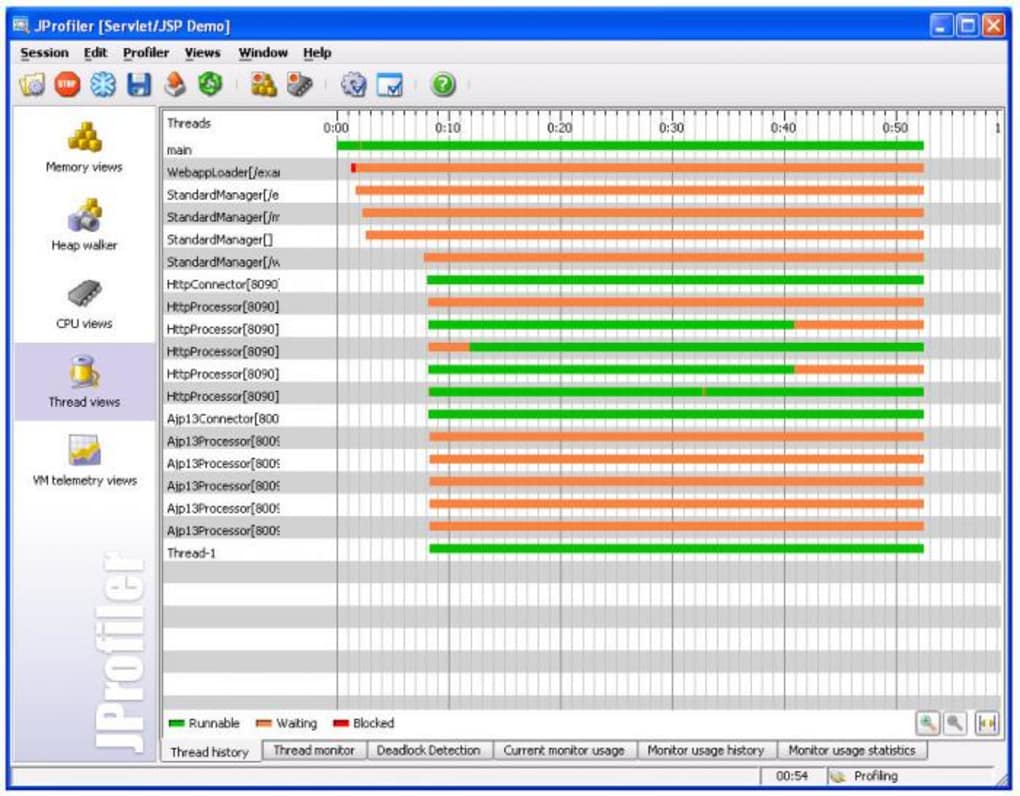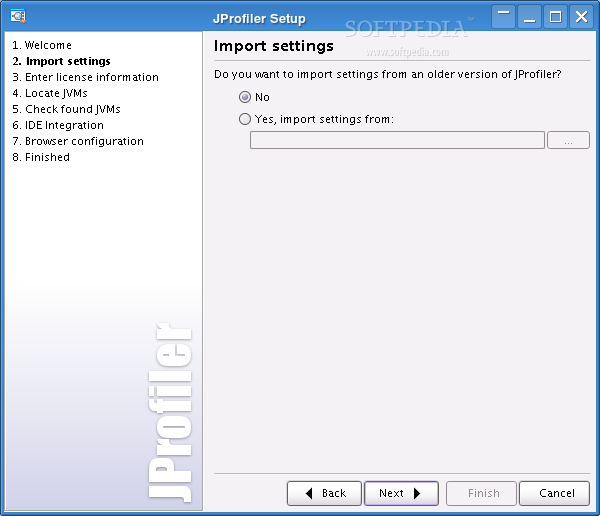
You will need to configure the Pod with correct environment variables/files through the use of Secrets or ConfigMaps. You also need to keep in mind that if you share the Volume between Pods, those Pods will not know about JProfiles libs being attached. So you can create a local type of Volume with JProfiles libs inside.Ī local volume represents a mounted local storage device such as a disk, partition or directory. Kubernetes is using Volumes to share files between Containers.
#Jprofiler 8 crack install
Of course you don't need to install the libraries on each containers separately.
#Jprofiler 8 crack portable
They are easier to build than VMs, and because they are decoupled from the underlying infrastructure and from the host filesystem, they are portable across clouds and OS distributions. These containers are isolated from each other and from the host: they have their own filesystems, they can’t see each others’ processes, and their computational resource usage can be bounded. The New Way is to deploy containers based on operating-system-level virtualization rather than hardware virtualization.

It's nicely explained why to use containers in the official documentation. Looks like you are missing the general concept here.

This way, the JVM can reference at startup time the JProfiler agent from the shared volume. Use the JProfiler image for an Init Container the Init Container copies the JProfiler installation to a volume shared between that Init Container and the other Containers that will be started in the Pod. The idea is to have an image for JProfiler separate from the application's image.


 0 kommentar(er)
0 kommentar(er)
